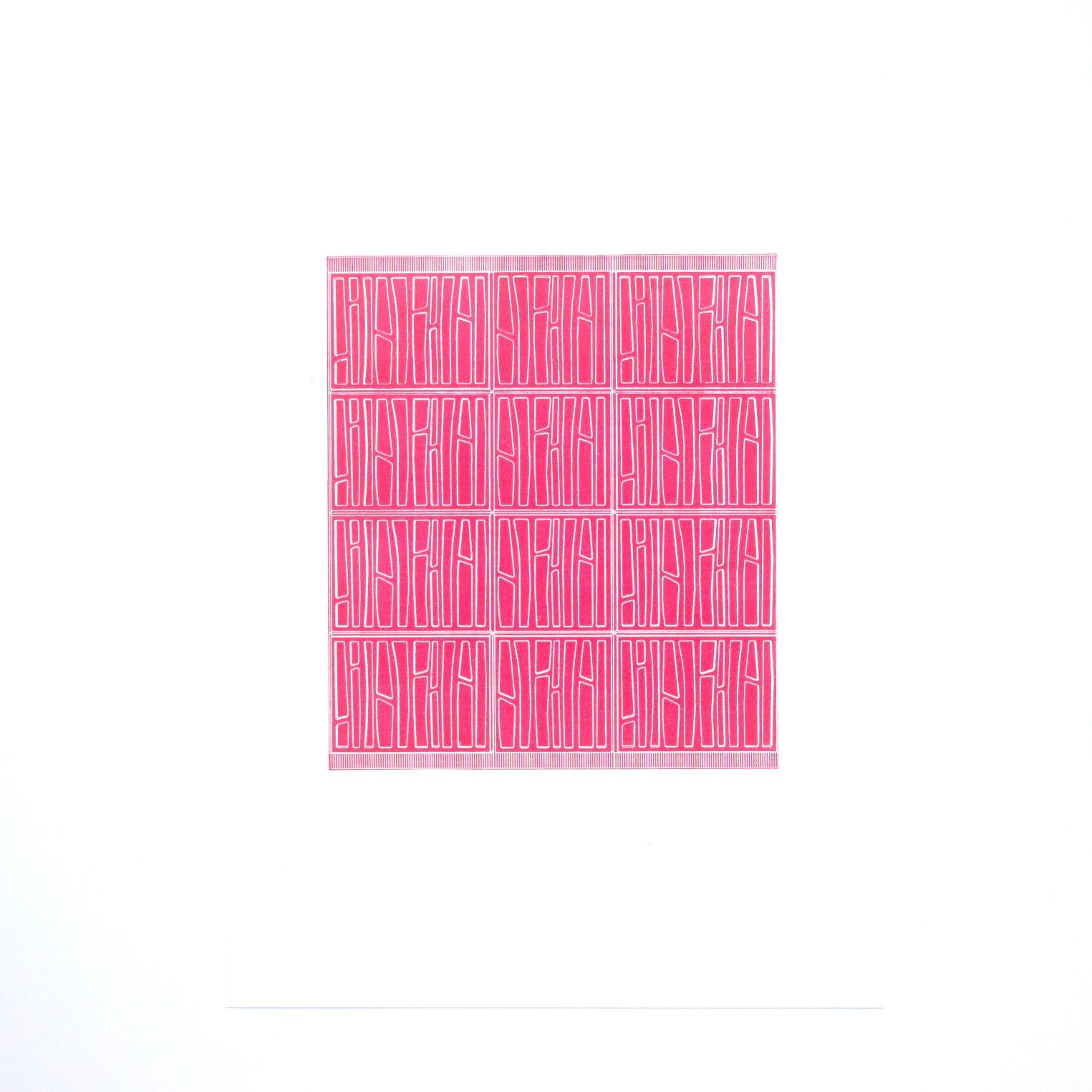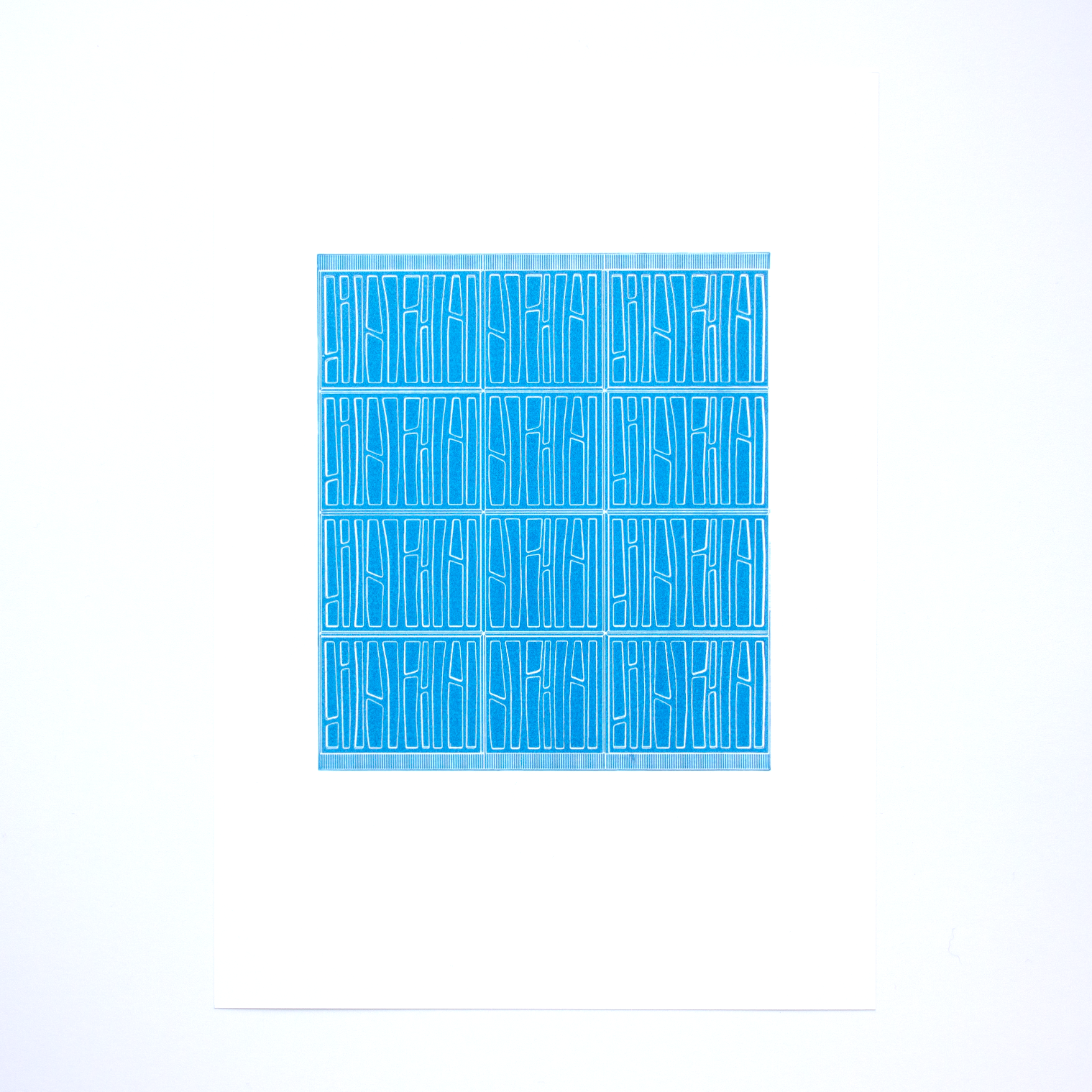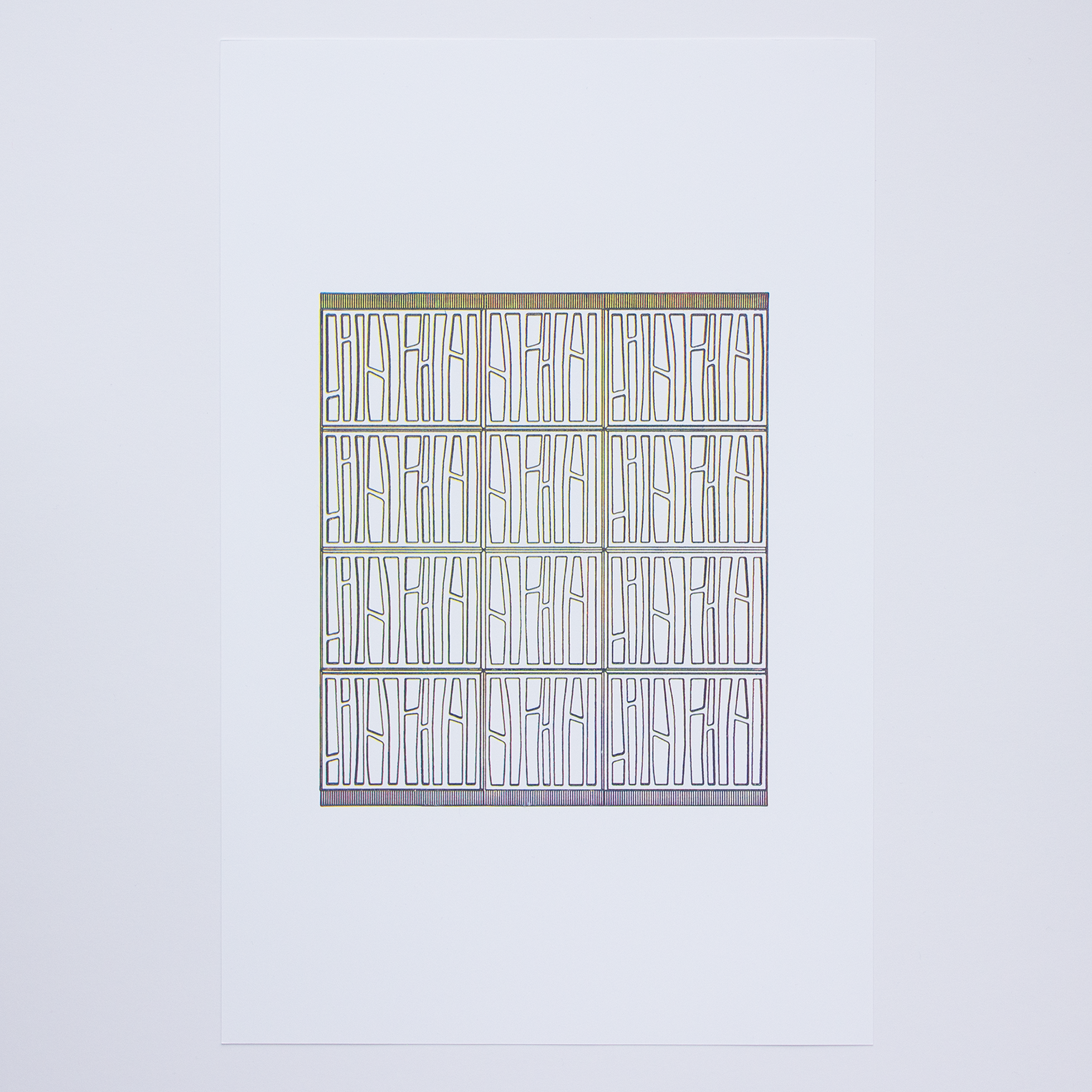What impact does the setting that a person grows up in have on them, their view of the world, and the paradigm through which they view the world? In Lynsey Hanley’s Estates, she describes an invisible wall around council estates beyond which lies an unknown world of possibility. This wall constrains council estate dwellers in the environment that they know, and it takes an effort of will, and often, luck, to move beyond this ‘wall in the head’.
The Dee Road estate was designed partly to improve living conditions for people housed in so-called ‘slums’, whose properties were compulsorily purchased and demolished, and who were moved to the new concrete, system-built estate. Construction, design and policy issues resulted in the showpiece estate quickly becoming seen as one of the worst places to live in the town. Blocks designed to have a 60-year lifespan were largely abandoned a decade after construction, and were demolished within 15 years.
The design of the concrete panels used in the Dee Road estate is distinctive and was only ever used in two other locations. Its design resonates with the popular aestheticisation of brutalist architecture, yet to those who recognise it, it is a cipher that invokes a very specific experience of social trauma and municipal neglect.

The Wall In The Head
#1, 2025, relief print on paper,
210mm × 297mm

The Wall In The Head
#2, 2025, relief print on paper,
210mm × 297mm

The Wall In The Head
#3, 2025, relief print on paper,
208mm × 320mm
Edition of 12
This edition of relief prints uses a three-colour process and takes
advantage of the imprecision of manual registration, resulting in a
different colour distribution on each print.
Exhibition History
#3: Perennial, Haarlem Artspace, Wirksworth, June 2025
Title: The Wall In The Head
Date: 2025
Medium: Series of works in various media